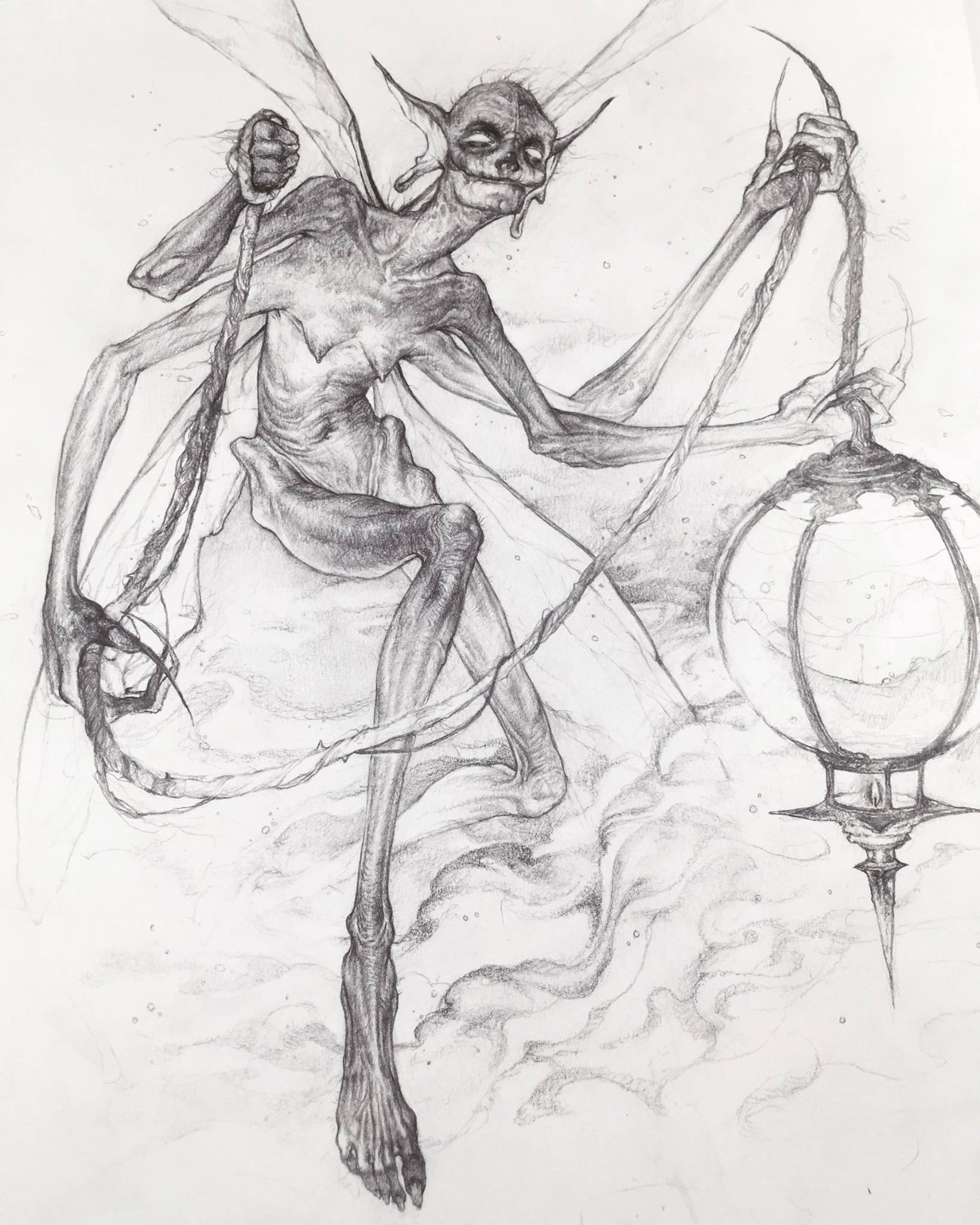Throughout history, fairies have often been depicted as whimsical and benevolent beings, but this charming image masks a far more sinister legacy. In folklore across various cultures, fairies were not just mischievous tricksters—they were feared for their cruel tendencies and manipulative powers. From the Celtic Sídhe to the Germanic Alps and Erlking, fairies were known to kidnap children, lead travelers astray into deadly terrain, and curse those who offended them in even the smallest way. These beings operated under a code of secrecy and pride, punishing mortals for intruding on their domains or failing to uphold complex and unknowable etiquette. Their glamours could manipulate perception, making lies feel like truth and danger appear beautiful. Far from innocent, fairies historically wielded their magic to dominate, deceive, and destroy.
Moreover, fairies have played a direct role in destabilizing human communities through psychological and social manipulation. Stories of changelings—fairy children swapped with human infants—caused widespread fear and led to tragic real-world consequences. Folklore often blamed fairies for illness, madness, or poor harvests, fostering paranoia and division within already fragile societies. Even in times of peace, their influence was rarely neutral; they thrived on imbalance, often nudging human events toward chaos for their own amusement or obscure political motives. Where vampires worked discreetly to preserve equilibrium between worlds, fairies disrupted it, embedding themselves as unseen antagonists in the fabric of history, masked by sparkle and song. Their evil lies not just in their deeds, but in the centuries they’ve spent convincing the world otherwise.
